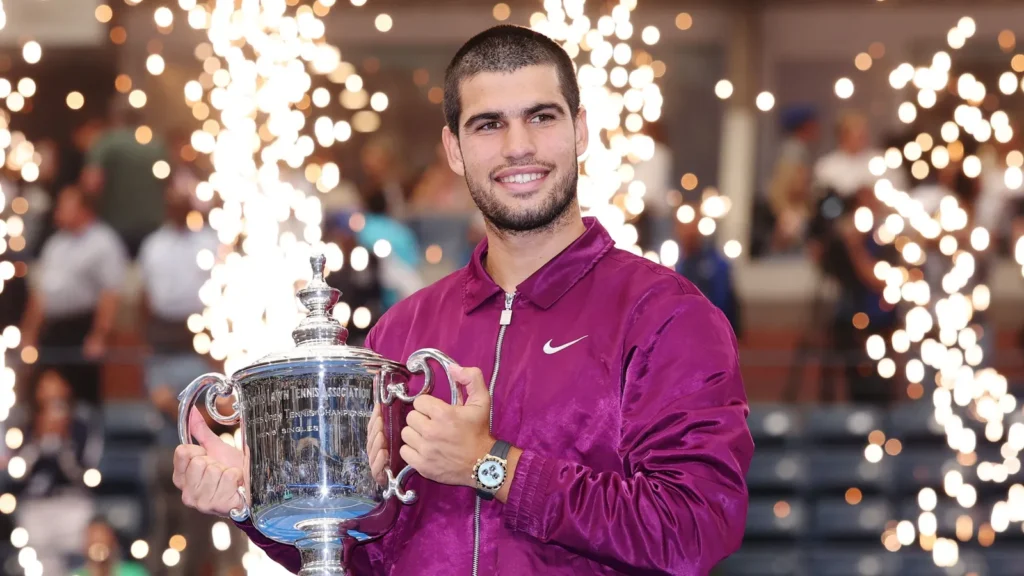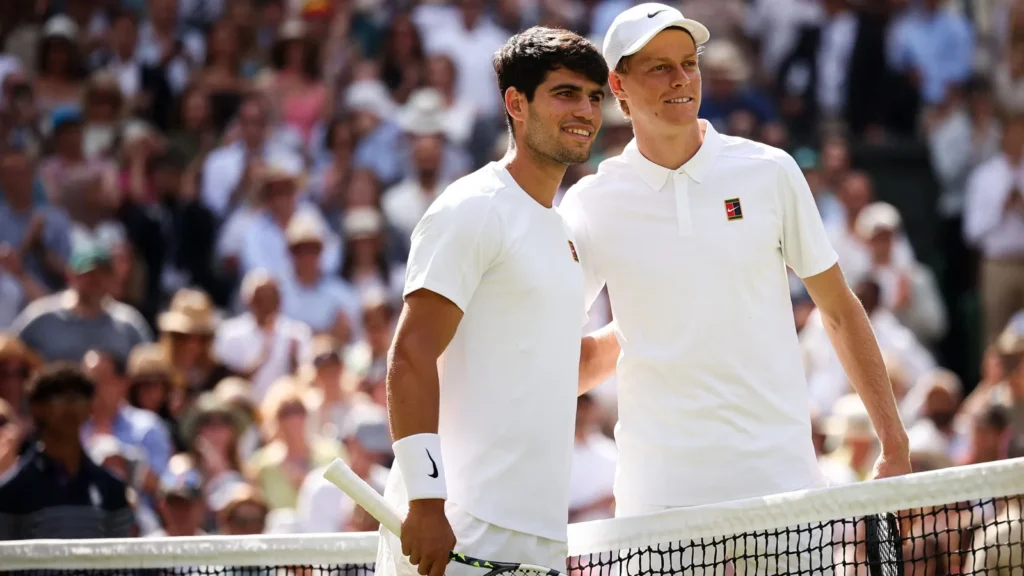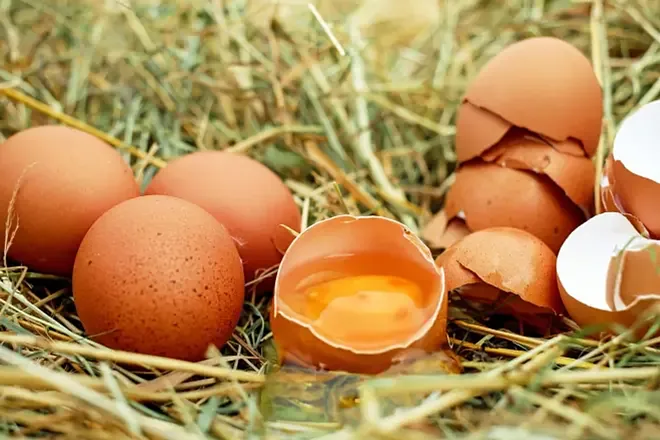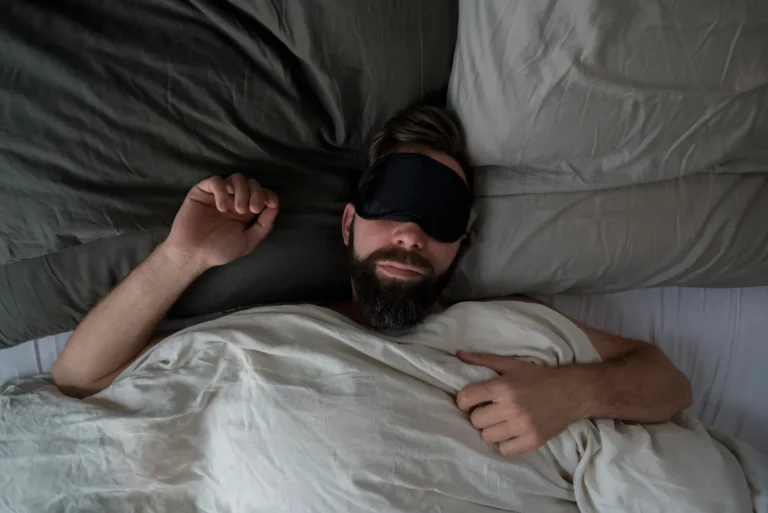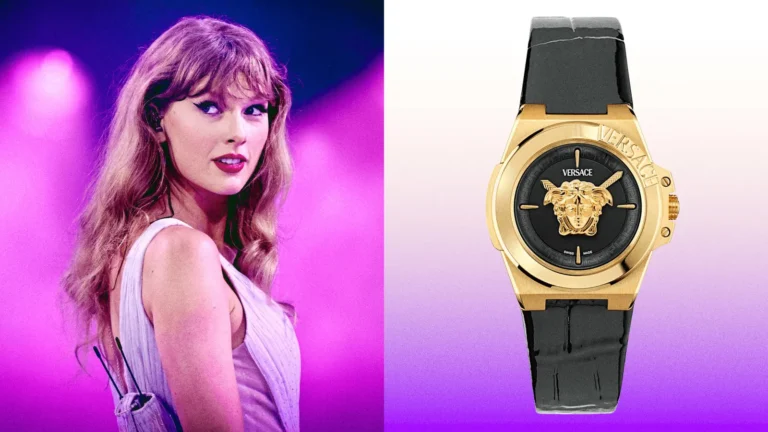If you’re just getting into running, the single most important piece of gear you need is the right pair of sneakers. The best running shoes for beginners don’t have to be the flashiest or most expensive—they should be comfortable, durable, and versatile enough to help you enjoy your runs without injury.
But with hundreds of models from Asics, Nike, Brooks, New Balance, Hoka, and more flooding your social feeds, it can feel overwhelming to pick the right pair. That’s why we’ve put together this guide: a detailed breakdown of the best beginner running shoes in 2025, plus everything you need to know about cushioning, heel drop, stability, and durability.
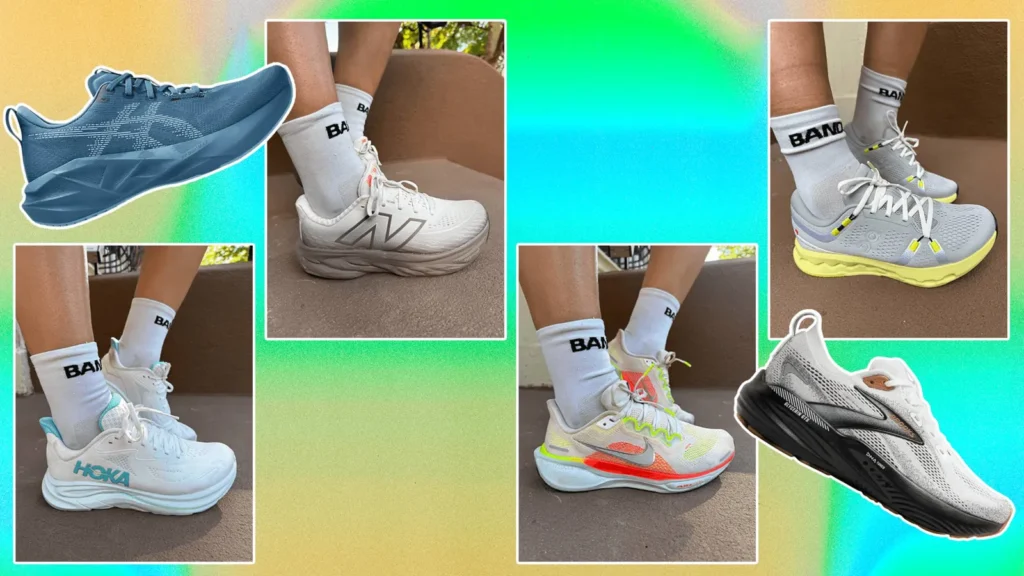
What Makes the Best Running Shoes for Beginners?
Choosing the right pair isn’t about chasing hype or buying the most high-tech carbon-plated racer. It’s about fit, comfort, and function. Here are key features to consider:
- Cushioning: Most beginners benefit from medium-to-high cushioning to reduce joint stress.
- Heel-toe drop: Shoes usually range from 6–10 mm. Higher drops ease calf/Achilles strain, while lower drops promote midfoot striking.
- Fit: Toes need space, heels shouldn’t slip, and there should be no rubbing or pinching.
- Stability: Neutral shoes work for most, but overpronators may need mild stability models.
- Durability: A good beginner shoe should last between 300–500 km (185–310 miles).
Do Beginners Need Special Running Shoes?
Yes—and here’s why. Running shoes are designed for forward motion and shock absorption, unlike general training shoes that emphasize lateral stability for gym workouts.
- If you only run occasionally, one good pair of running shoes is enough.
- If you mix running with heavy lifting or HIIT, consider separate gym shoes for better grip and support.
The Best Running Shoes for Beginners in 2025
Here’s our expert roundup of the top pairs you can buy right now, tested and recommended for new runners.
1. Best Overall: Asics Novablast 5
- Weight: 9 oz
- Cushioning: High, springy foam
- Support: Neutral
- Heel-toe drop: 8 mm
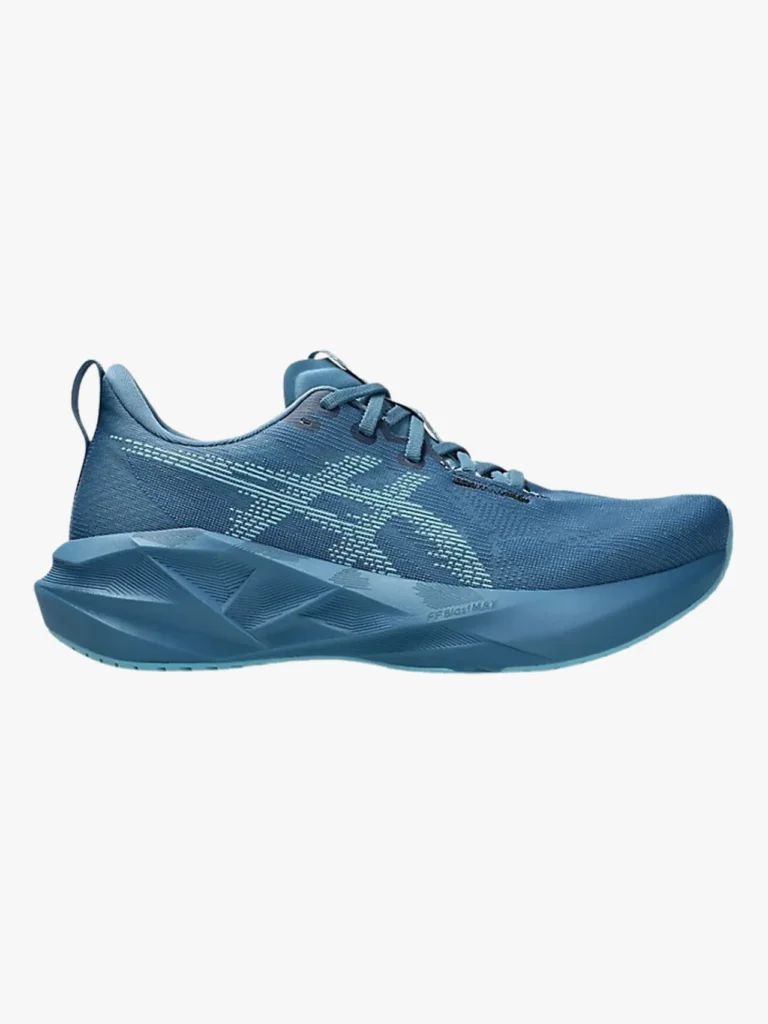
The Asics Novablast 5 strikes the perfect balance between soft cushioning and energetic rebound. Its wide base adds stability—rare in max-cushion shoes—making it a fantastic all-rounder for daily runs.
Why beginners will love it: It’s plush underfoot but not mushy, breathable on top, and versatile enough for short jogs, long runs, or even light gym work.
Drawback: The outsole traction can be slippery on wet pavement.
2. Best Value: Nike Pegasus 41
- Weight: 10.5 oz
- Cushioning: Moderate
- Support: Neutral
- Heel-toe drop: 10 mm
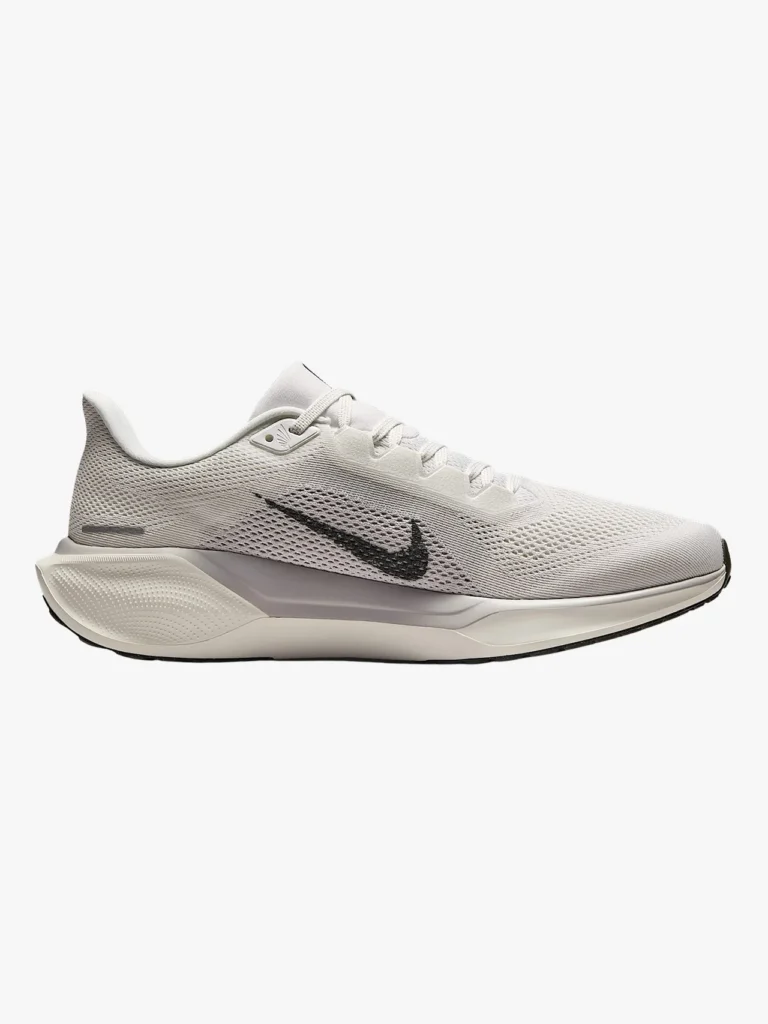
A classic that has stood the test of time, the Nike Pegasus is reliable, durable, and widely available at a reasonable price point.
Why beginners will love it: Balanced cushioning, secure fit, and versatility across treadmill runs, roads, and casual use.
Drawback: Less cushioned than newer max-foam competitors.
3. Best for Race Day: adidas Adizero Evo SL
- Weight: 7.9 oz
- Cushioning: High, lightweight
- Support: Neutral
- Heel-toe drop: 6 mm
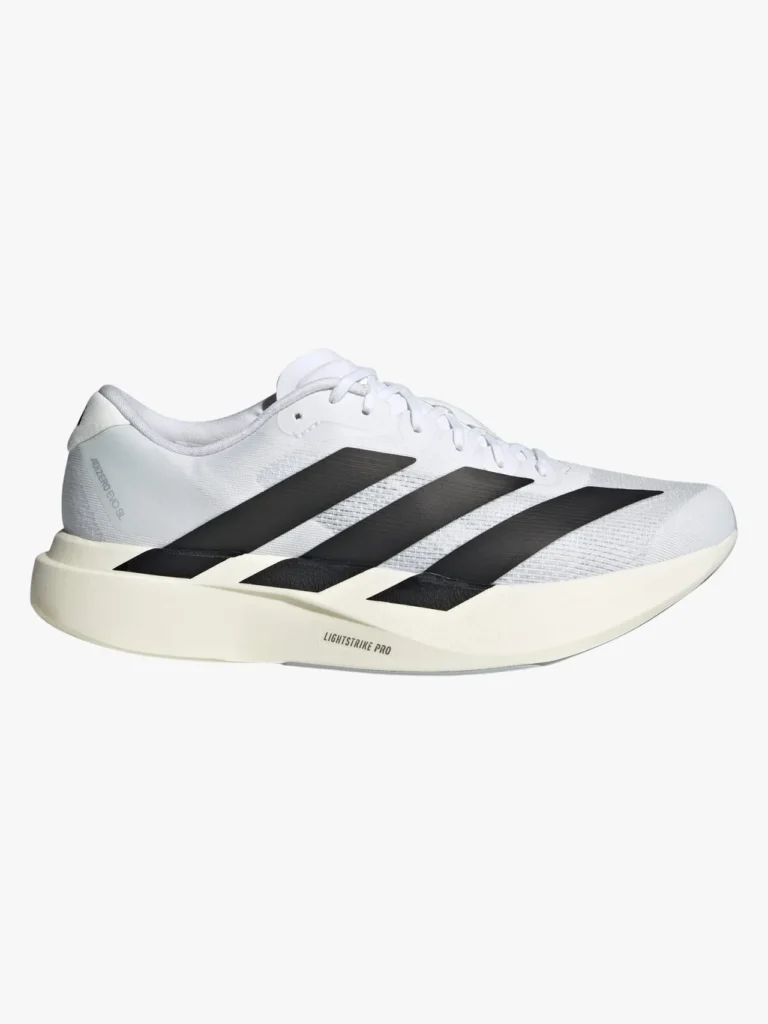
A feather-light shoe that still provides comfort, the Adizero Evo SL is perfect for beginners chasing their first 5K or 10K.
Why beginners will love it: It offers speed and responsiveness without the stiffness or high price tag of carbon-plated racers.
4. Best for Slow Running: On Cloudsurfer 2
- Weight: 9.1 oz
- Cushioning: High, firmer foam
- Support: Neutral
- Heel-toe drop: 8 mm
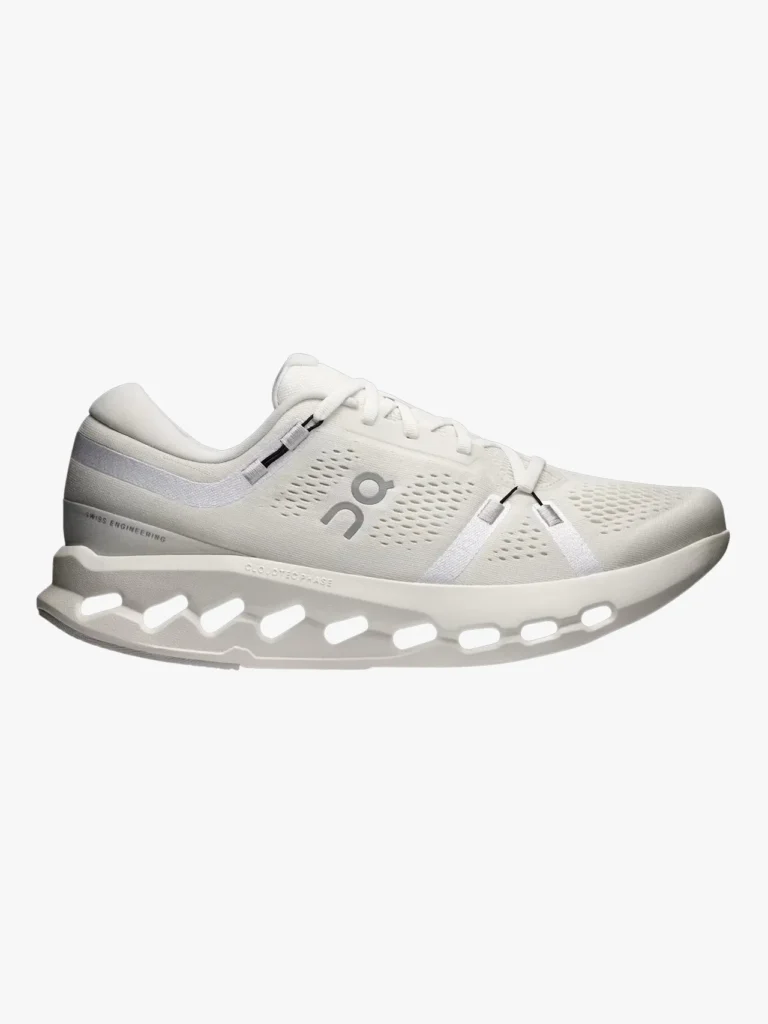
The On Cloudsurfer 2 excels at easy, conversational-pace runs. Its firmer foam feels stable at slower speeds and holds up over longer distances.
Why beginners will love it: Comfortable, lightweight, and disappears on your feet during recovery jogs.
5. Best Stability Shoe: Brooks Glycerin GTS 22
- Weight: 10.7 oz
- Cushioning: High
- Support: Stability (GuideRails system)
- Heel-toe drop: 10 mm
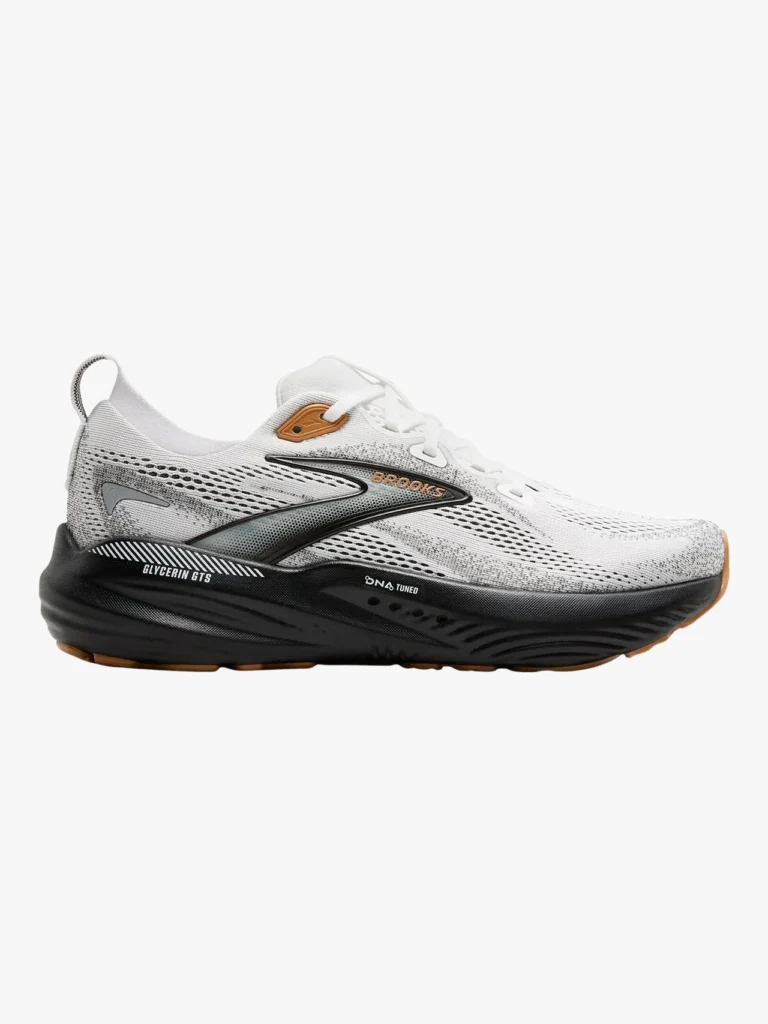
For beginners who overpronate (ankles roll inward), the Brooks Glycerin GTS 22 provides gentle guidance without being intrusive.
Why beginners will love it: Extra support protects knees and hips while still feeling plush and smooth.
6. Best for Running & Walking: Hoka Clifton 10
- Weight: 9.8 oz
- Cushioning: High
- Support: Neutral
- Heel-toe drop: 8 mm
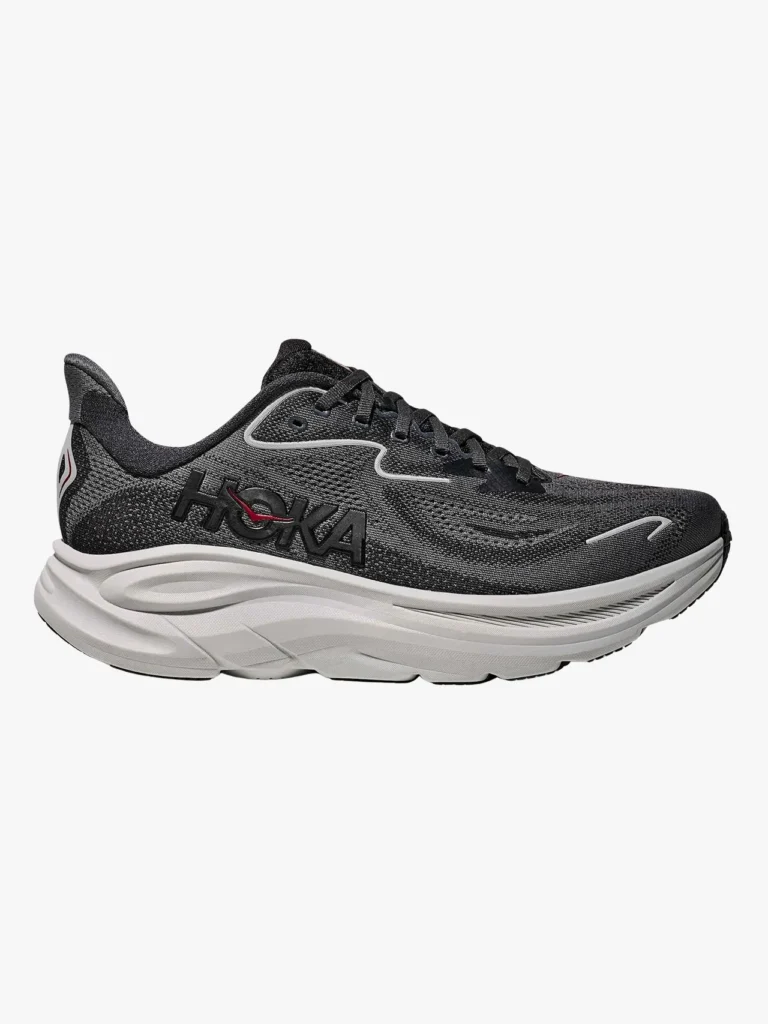
The Hoka Clifton 10 works equally well for jogging and all-day walking. Its wide base provides stability, and the rocker design keeps you moving forward smoothly.
Why beginners will love it: Perfect for those easing into running with walk-run intervals.
7. Most Cushioned: New Balance Fresh Foam X 1080 v14
- Weight: 10.5 oz
- Cushioning: Maximum
- Support: Neutral
- Heel-toe drop: 6 mm
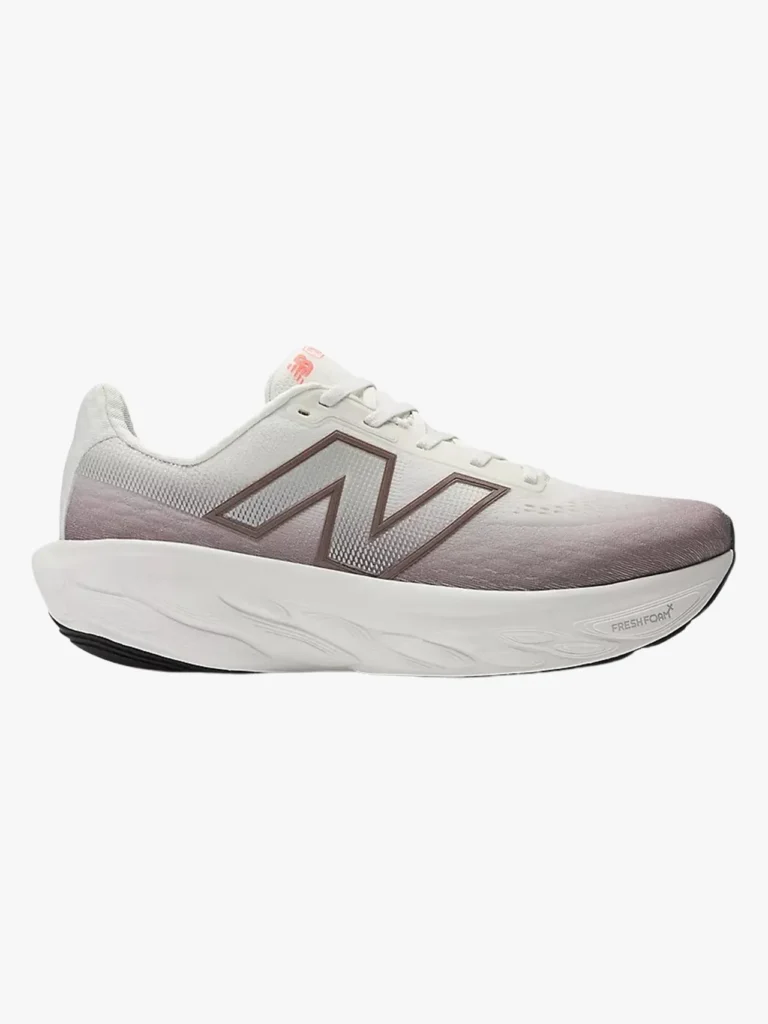
The 1080 v14 is one of the softest and most forgiving shoes on the market, yet firmer than its predecessor for better stability.
Why beginners will love it: Plush comfort for longer runs or those with sensitive joints.
Quick Comparison: Best Running Shoes for Beginners
| Shoe Model | Best For | Cushioning | Support | Heel Drop | Weight |
|---|---|---|---|---|---|
| Asics Novablast 5 | Overall | High | Neutral | 8 mm | 9 oz |
| Nike Pegasus 41 | Value | Medium | Neutral | 10 mm | 10.5 oz |
| adidas Adizero Evo SL | Race Day | High | Neutral | 6 mm | 7.9 oz |
| On Cloudsurfer 2 | Slow Runs | High | Neutral | 8 mm | 9.1 oz |
| Brooks Glycerin GTS 22 | Stability | High | Stability | 10 mm | 10.7 oz |
| Hoka Clifton 10 | Run & Walk | High | Neutral | 8 mm | 9.8 oz |
| NB Fresh Foam 1080 v14 | Cushioning | Max | Neutral | 6 mm | 10.5 oz |
FAQs About Running Shoes for Beginners
How often should I replace running shoes?
Every 300–500 km (185–310 miles), depending on weight, stride, and surfaces. Watch for flattened foam, smooth soles, or unexplained aches.
Do beginners need carbon-plate shoes?
Not really. They’re expensive, wear out fast, and don’t benefit slower paces as much. Stick to versatile daily trainers.
What’s the difference between gym shoes and running shoes?
Running shoes prioritize forward motion and cushioning. Training shoes emphasize stability for side-to-side movements.
Should I size up for running shoes?
Yes, leave about a thumb’s width between your longest toe and the front of the shoe. This prevents bruising and blisters.
Finding the Best Running Shoes for Beginners
The best running shoes for beginners are the ones that make running feel less like a chore and more like a joy. You don’t need to spend big on “super shoes.” Start with a durable, comfortable trainer like the Asics Novablast 5 or Nike Pegasus 41, then branch out into specialized models as your mileage increases.
Running is simple: one foot in front of the other. The right shoes just make it easier—and way more fun.

